There can be your advertisement
300x150
Charity of Russian millionaires: how the Morozovs built hospitals and changed Moscow's face
Inspiring example of how initiative changed the face of an entire city and influenced the lives of many people across generations
In Russia at the end of the XIX — beginning of the XX century, the name Morozovs was as convincing as the names of Gates or Buffet today. This dynasty of textile magnates not only created a huge industrial empire but also forever changed the face of Moscow thanks to their massive philanthropy.
Main points from the article:
The Morozovs, who came from serf peasants, became one of the richest families in Russia, entering the top-5 of Forbes list in 1914;
Members of the dynasty considered philanthropy an important mission in life as Old Believers;
Alexei Vikulovich Morozov spent a huge inheritance (600,000 rubles) on building a children's hospital, which still operates today;
Philanthropy of the Morozovs included not only medical institutions but also educational, cultural and social facilities;
Many buildings constructed with Morozovs' money continue to function in modern Moscow.
From serfs to millionaires: who are the Morozovs
The story of the Morozov dynasty began with Savva Vasilyevich — a serf peasant who managed not only to buy his freedom but also to found a textile empire. The cost of his liberation was incredible — 50,000 rubles at a time when the monthly salary of a footman was only 9 rubles.
The Morozovs started with simple textile production, which they sold in Moscow. Gradually, their small business turned into a huge manufacturing plant. In 50 years, the number of workers at their factories increased from two people to thousands. By 1914, the Morozovs had entered the top five richest families in the Russian Empire according to Forbes magazine.
It is important to note that the Morozovs were Old Believers, belonging to the non-Popov sect. For Old Believers, wealth imposed a special responsibility — they believed that it was the duty of wealthy individuals to help society through philanthropy.
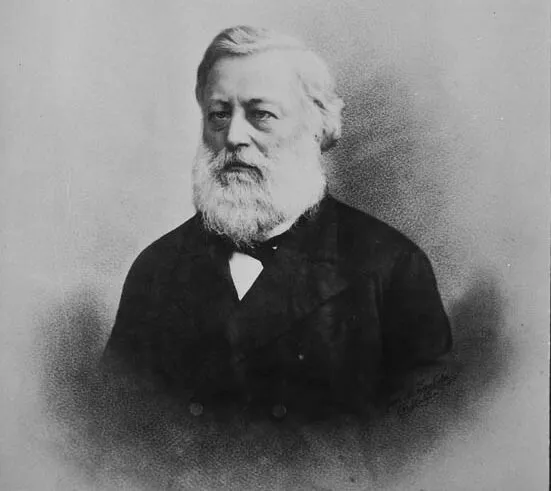 Photo: kstolica.ru, Morozov Savva Vasilyevich
Photo: kstolica.ru, Morozov Savva VasilyevichThe Morozov Children's Hospital: an inheritance saving lives for over a century
One of the most significant charitable projects of the dynasty was the Morozov Children's Hospital, which still exists in Moscow. This large-scale project was implemented thanks to Alexei Vikulovich Morozov, a member of the fourth generation of the family.
Having inherited from his father an enormous sum for those times — 600,000 rubles — Alexei did not spend it on luxury or business expansion. Following his father's last wish, he fully invested these funds into the construction of a children's hospital.
Opened in 1903, the Morozov Children's Hospital was equipped with the latest medical technology of its time. Here, top doctors worked, cutting-edge treatment methods were applied, and children from low-income families received free assistance.
Today, the Morozov Children's Municipal Clinical Hospital is one of the largest pediatric medical institutions in Moscow, treating thousands of young patients annually. The modern hospital building has significantly expanded compared to the original complex but retains historical heritage and memory of its benefactor.
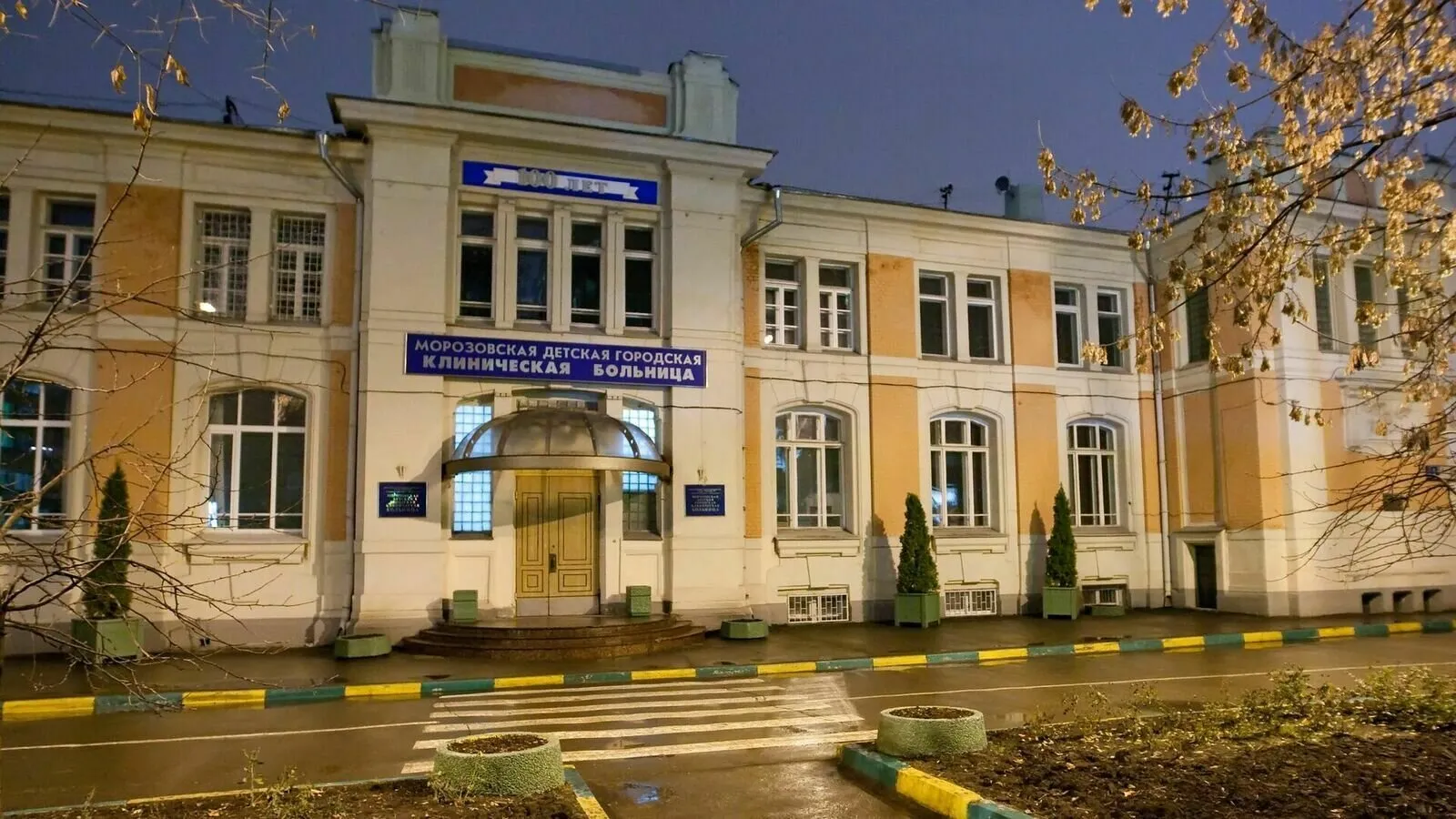 Photo: pinterest.com
Photo: pinterest.comFactory hospitals and housing for workers: social responsibility according to Morozov standards
The philanthropy of the Morozovs did not stop at capital projects. They paid special attention to the living conditions and health of their factory workers.
In Orehovo-Zuevo, where the main Morozov production facilities were located, not only factory buildings but also entire social infrastructure was built: hospitals, homes for the elderly, housing for workers, schools and even a theater. Working conditions at Morozov factories were considered among the best in Russia, which was rare for that time.
Varvara Alekseevna Morozova, mother of Alexei Vikulovich, was particularly active in philanthropy. She invested enormous sums into hospitals, shelters and homes for the elderly. Her charitable activities were so vast that her name became synonymous with generosity and care for the needy.
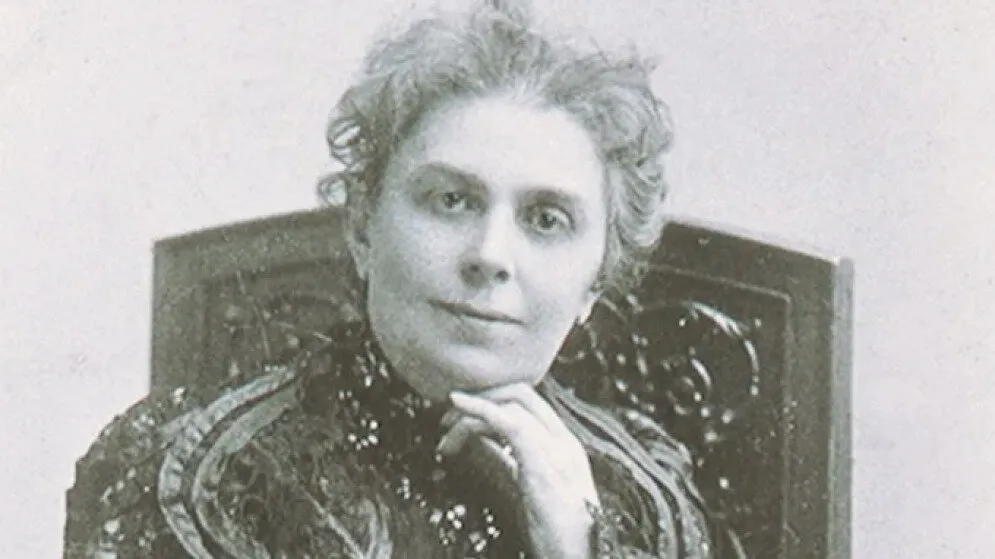 Photo: kstolica.ru
Photo: kstolica.ruContribution to education and culture: beyond medicine
The Morozovs' philanthropy extended far beyond medicine. Members of the dynasty actively supported education and culture.
Savva Timofeevich Morozov, cousin of Alexei Vikulovich, was one of the main sponsors of the Moscow Art Theatre. Without his financial support, the MХAT might not have become what it is today.
Other members of the family donated significant sums for the construction and maintenance of schools, gymnasia, libraries and universities. For example, Varvara Alekseevna Morozova funded the construction of several municipal schools in Moscow and supported Moscow University.
Collecting and patronage: preserving cultural heritage
A special page in the charitable activities of the Morozovs is their contribution to preserving and developing Russian art. Many members of the dynasty were passionate collectors and patrons.
Alexei Vikulovich Morozov, living in a mansion on Podsolnechny Pereulok, assembled a unique collection of Russian ceramics consisting of more than 2500 exhibits. His goal was to preserve and systematize samples of Russian ceramics from the era of Elizabeth Petrovna. Today, this collection is housed in the Kuskovo Museum Estate.
Ivan Abramovich Morozov and Sergei Ivanovich Shukin (married to a member of the Morozov family) collected outstanding collections of impressionist and post-impressionist paintings. Their collections became the foundation for the collections of the Pushkin Museum and the Hermitage.
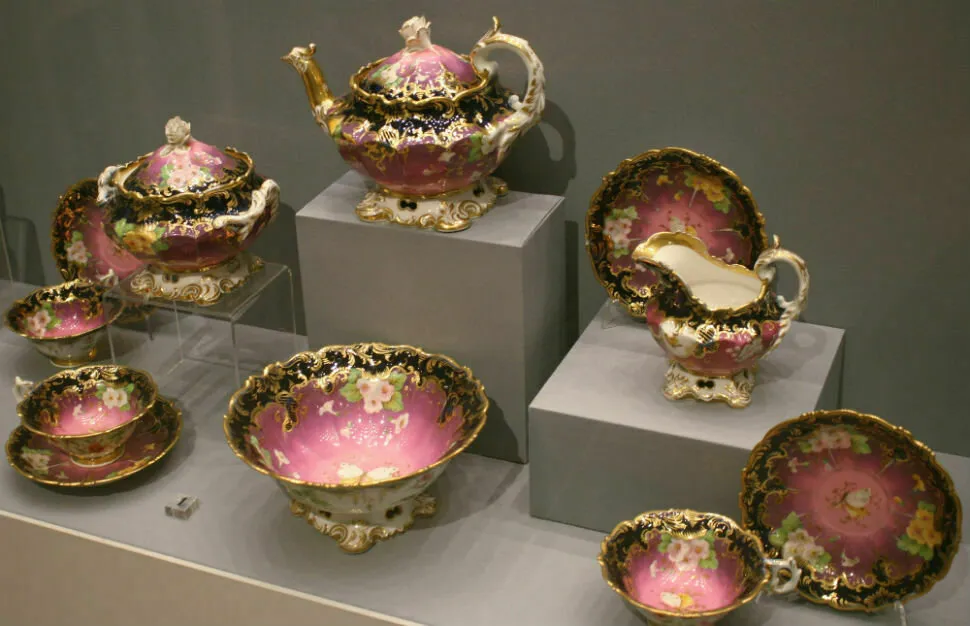 Photo: pinterest.com
Photo: pinterest.com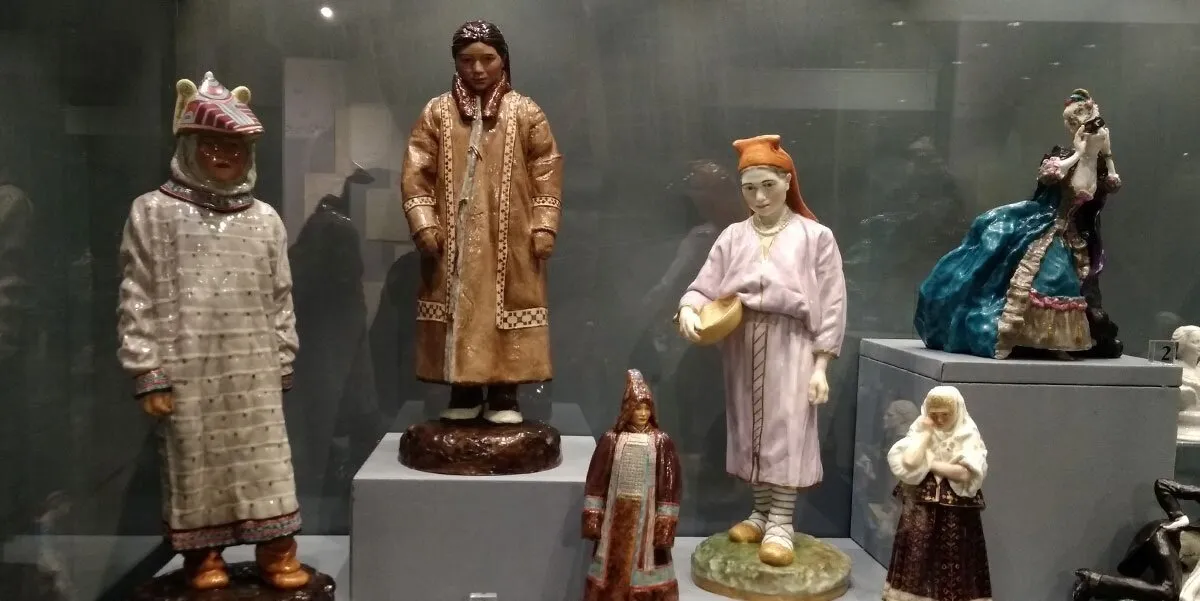 Photo: pinterest.com
Photo: pinterest.comTragic ending: revolution and the fate of philanthropists
The 1917 Revolution tragically changed the fates of many members of the Morozov dynasty. Their factories were nationalized, mansions were confiscated, and collections were transferred to state museums.
Alexei Vikulovich Morozov, unlike many members of his class, did not emigrate. He stayed in Soviet Russia to ensure the preservation of his collection. They left him two rooms in his own mansion, converted into communal apartments. Working in the museum, he could not afford transportation and walked everywhere. As a result, he caught a cold and died in poverty — a tragic end for a man who sacrificed enormous sums for philanthropy.
However, the legacy of the Morozovs lives on to this day. Hospitals, schools, museums built with their funds continue to serve people, and their art collections are accessible to all visitors of Russia's largest museums.
What can we learn from the Morozovs' philanthropy
The history of the Morozovs’ philanthropy is not just a story about rich people who donated money for good deeds. It is the story of deep understanding of social responsibility, which accompanies wealth.
For the Morozovs, philanthropy was not a way to gain public recognition or tax benefits. It was an inseparable part of their worldview, dictated by Old Believer beliefs and a sincere desire to improve people's lives.
Their approach to philanthropy was systematic and visionary. They did not just give money, but created institutions and organizations capable of working for decades or even centuries. The Morozov Children's Hospital, still saving children’s lives today, is the best proof of this.
In today's world, where questions about corporate social responsibility are becoming increasingly relevant, the experience of the Morozovs can serve as an inspiring example of how private initiative and philanthropy can change the face of an entire city and influence the lives of countless people across generations.
Full video of the Morozov estate:
Cover: pinterest.com
More articles:
 Country House, Into Which You Want to Move: 6 Trendy Ideas Relevant Today and in the Future
Country House, Into Which You Want to Move: 6 Trendy Ideas Relevant Today and in the Future Smart Storage Organization: Systems That Actually Work
Smart Storage Organization: Systems That Actually Work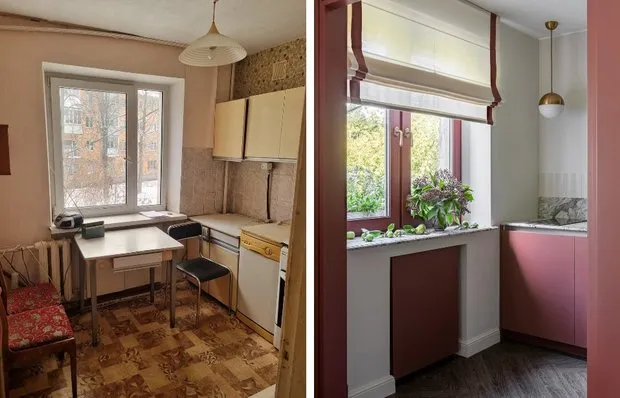 Before and After: Bold Kitchen Interior in a Khrushchyovka
Before and After: Bold Kitchen Interior in a Khrushchyovka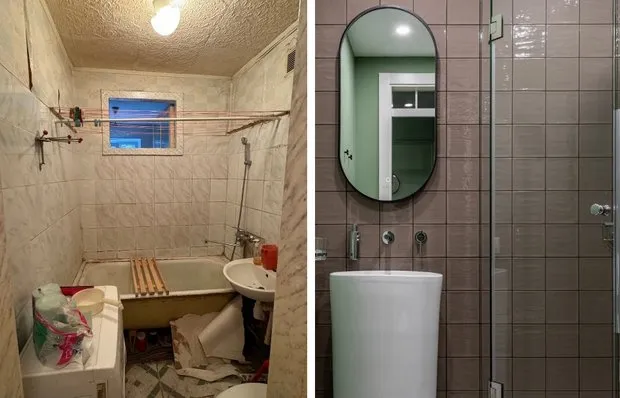 How a Micro Bathroom in a 44 m² Housing Unit Was Transformed: Before and After Photos
How a Micro Bathroom in a 44 m² Housing Unit Was Transformed: Before and After Photos How an Architect Transformed a Kitchen in a Stalin-era 50 m² Apartment for Herself
How an Architect Transformed a Kitchen in a Stalin-era 50 m² Apartment for Herself 20 practical ways to update your interior without renovation and big expenses
20 practical ways to update your interior without renovation and big expenses How They Designed a Cozy 53 m² Cottage with a 'Birdhouse' Loft Without a Designer
How They Designed a Cozy 53 m² Cottage with a 'Birdhouse' Loft Without a Designer Living in St. Petersburg: How Modern Residential Complexes Set New Comfort Standards
Living in St. Petersburg: How Modern Residential Complexes Set New Comfort Standards